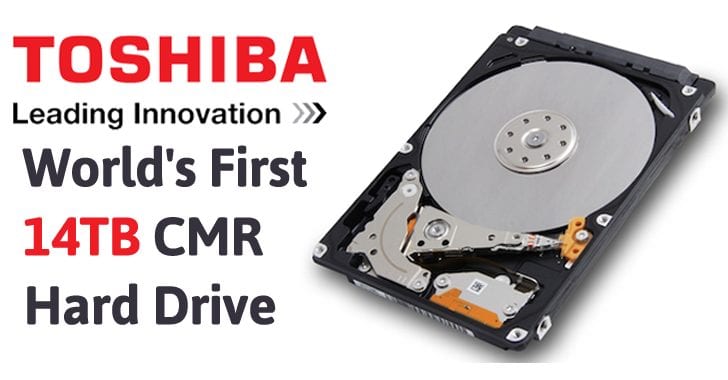Although solid-state hard disks (SSD) are becoming more and more prevalent in almost all aspects of computing, that is only true when it comes to user-level computing. When it comes to information technology at the company level, the reality is quite different. In these cases, what prevails is the internal capacity of the device, not so much its speed for storage. Yes, of course, it is much better than the disk is as fast as possible. But it is more important that you can store the largest amount of data, at the lowest possible price. And if its maintenance is easier, then it will be much better. It is in this area where Toshiba a Japanese multinational conglomerate has just presented its new MG07ACA hard drive. These new units will simply use conventional recording method Recording (CMR). And its use is mainly oriented to business-type servers and the cloud, where it is necessary to have a large storage capacity. The new MG07ACA will have two versions available, yes, the new models that the Japanese multinational conglomerate Toshiba has just introduced will reach the market in two storage capacities:-
The first model that will have 12 TB of internal storage capacity formed by eight dishes. The second model will have 14 TB of internal storage capacity consisting of nine dishes.
In both cases, the interior of the discs will be filled with helium. As we already hinted earlier and we all know very well that helium is a noble gas that has very little resistance to friction. Which means that the disks inside the hard drive move with more, and ease. Redundant in a greater longevity of the device and a lower consumption at the time of functioning. The reason why the Japanese multinational conglomerate Toshiba has chosen the CMR system for their new discs is because, right now the industry is in a period of transition between this method of magnetic recording and the SMR (Shingled Magnetic Recording). And there are still a few years left so that really this last method ends up being imposed within the industry. Therefore, this recording method is still valid in the industry. And the normal thing is that they keep coming out new models for it, apart from the new models that use this new recording method. So, what do you think about these two new hard drives of the Japanese multinational conglomerate Toshiba? Simply share all your views and thoughts in the comment section below.


